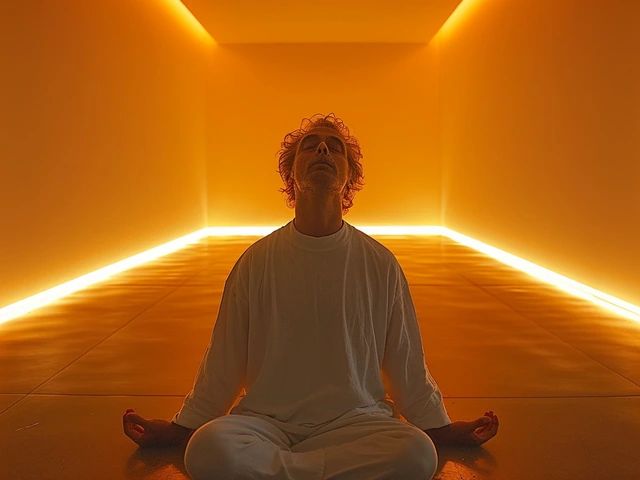Fitness Recovery: Simple Habits that Speed Up Your Comeback
Want to train hard without getting stuck on the couch? Recovery isn’t a luxury—it's how you get stronger. Think of recovery as the time your body uses to repair muscle, reset your nervous system, and come back ready for the next session. Skip this and you’ll hit plateaus, nagging aches, or worse: an injury that sidelines you for weeks.
Start with basics you can control: sleep, food, and hydration. Aim for 7–9 hours of quality sleep; that’s when growth hormone and repair processes do their best work. Eat protein within two hours after training—20–30g is a good target—to give muscles the building blocks they need. Drink water consistently: even mild dehydration slows recovery and boosts soreness.
Active recovery beats total rest most days. Easy walks, light cycling, or gentle mobility drills increase blood flow and clear metabolic waste without stressing muscles. Try a 20–30 minute low-intensity session the day after a heavy workout instead of complete inactivity.
Quick recovery checklist
Use this short list after big sessions: 1) Cool down—5–10 minutes of light movement to reduce stiffness. 2) Foam roll or do gentle self-massage for 5–10 minutes to ease tight spots. 3) Stretch for mobility, not pain—focus on range of motion. 4) Rehydrate and eat a balanced meal with carbs + protein. 5) Sleep early when you can.
Hands-on therapies speed things up when you need real relief. Trigger point massage and sports massage break up knots and improve function. Warm stone or deep tissue sessions relax tense muscles and can improve sleep after hard training. Techniques like Feldenkrais, Hellerwork, and Ortho-Bionomy help with movement patterns and posture—useful if poor mechanics keep causing the same aches. Cupping and compression can reduce soreness after intense efforts. Find a licensed therapist who listens and links treatment to your training plan.
Cold and heat both help—use them for different goals. Ice reduces inflammation right after acute pain or swelling. Heat or warm baths work best before movement to loosen tight muscles. Contrast baths (alternating cold and warm) can feel good after long events but skip them if you have circulatory issues.
When to get professional help
Soreness that fades in a few days is normal. But see a professional if pain is sharp, limits movement, or lasts more than two weeks. A physical therapist or sports medicine clinician can find what’s causing recurring pain and give a targeted plan—often a mix of exercise, manual therapy, and technique fixes. Don’t wait until small problems turn into long breaks.
Make recovery part of your program, not an afterthought. Small daily habits—better sleep, smart post-workout food, light movement, and occasional hands-on care—add up. You’ll train more consistently, lift heavier, and feel better doing it.

Why Amma Massage is Essential for Your Fitness Journey in 2025
Unpack why Amma massage is the secret weapon for anyone serious about their fitness. Real benefits, practical tips, and advice from inside the therapy room.
Categories
- Health and Wellness (148)
- Alternative Therapies (86)
- Massage Therapy (40)
- Travel and Culture (15)
- Beauty and Skincare (9)
- Holistic Health (8)
- Health and Fitness (5)
- Spirituality (5)
- Other (2)
- Personal Development (2)
Popular Articles

Experience the Therapeutic Wonder of Shiatsu
Sep, 25 2023


